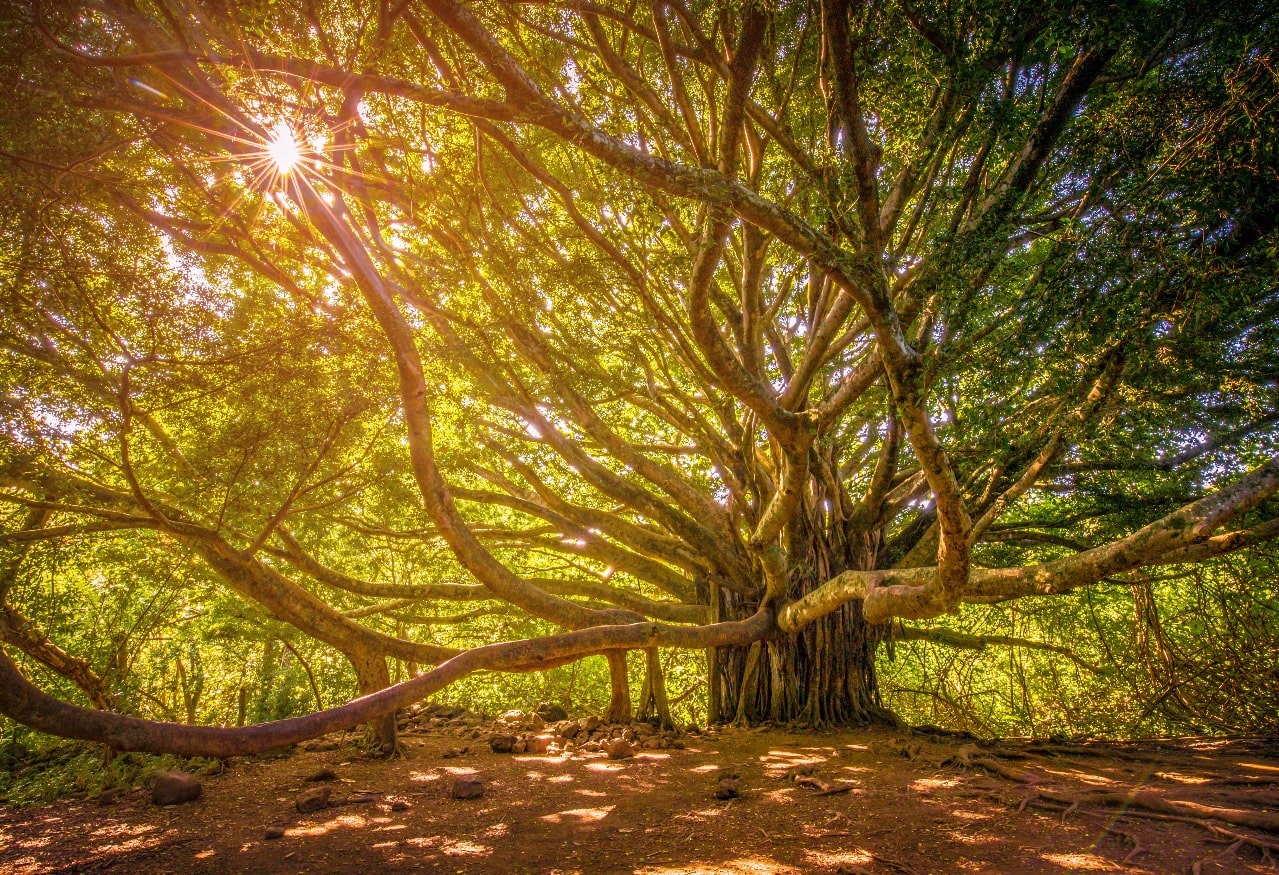
Promoting tree diversity for neighborhoods and urban forests
In an era marked by environmental consciousness and a growing awareness of the importance of preserving natural resources, sustainable tree maintenance and preservation emerge as a vital practice.
Trees play a crucial role in maintaining ecological balance, combating climate change, and enhancing the quality of life for both humans and wildlife. Your arborist understands the principles of sustainable tree maintenance and how nurturing trees today ensures a greater and healthier future for generations to come.
Basics of Sustainable Tree Maintenance
Sustainable tree maintenance encompasses a holistic approach to tree care that prioritizes the long-term health and vitality of tree populations. It involves employing practices, that minimize environmental impact, promote biodiversity, and support the resilience of ecosystems.
From planting and pruning to pest management and preservation, sustainable arboriculture seeks to balance the needs of trees with the needs of people and the environment.
Promoting Tree Diversity
One of the fundamental principles of sustainable tree maintenance is the promotion of tree diversity. Planting a variety of tree species helps to create resilient ecosystems that are better equipped to withstand environmental stresses such as pests, diseases, drought, and climactic changes.
By selecting native species adapted to local conditions and avoiding monocultures, certified arborists can enhance biodiversity, improve soil health, and provide habitat for a wide range of wildlife.
Conserving Water and Resources
Water conservation marks another key aspect of sustainable tree maintenance and preservation, particularly in regions prone to drought or water scarcity. Implementing efficient irrigation systems, mulching to retain moisture, and selecting drought-tolerant tree species can help minimize water usage while ensuring the health and longevity of trees.
Additionally, practicing responsible tree care techniques, such as composting organic waste and using environmentally friendly products reduces the consumption of resources and minimizes environmental impact.
Preserving Urban Forests
In urban environments, trees provide invaluable benefits amidst the concrete surroundings: shade, air purification, beauty, and carbon sequestration. An experienced certified arborist has the knowledge to preserve and expand urban forests through strategic planning, tree maintenance, and community engagement.
By investing in tree planting initiatives, green infrastructure projects, and urban forestry programs, cities can create healthier, more sustainable environments that enhance beauty and overall quality of life for residents and visitors.
Educating and Empowering Communities
Education and outreach are essential components of sustainable arboriculture, empowering individuals and communities to take an active role in tree stewardship. Arborists, educators, and environmental organizations can collaborate to provide resources, workshops, and volunteer opportunities that promote tree care and awareness, encouraging community involvement.
By fostering a sense of ownership and pride in local trees, communities can work together to safeguard their natural heritage for future generations.
Trees and Arborists — A Mutually Beneficial Relationship
Sustainable arboriculture is not just about pruning and planting trees; it’s about nurturing and stewarding them for the benefit of present and future generations. By adopting practices, that prioritize tree health, promote biodiversity, and conserve resources, we can ensure that trees continue to thrive and provide invaluable ecosystem services for years to come. Together, we can create a greener, healthier world where trees are cherished and protected as vital assets to our planet’s well-being.




